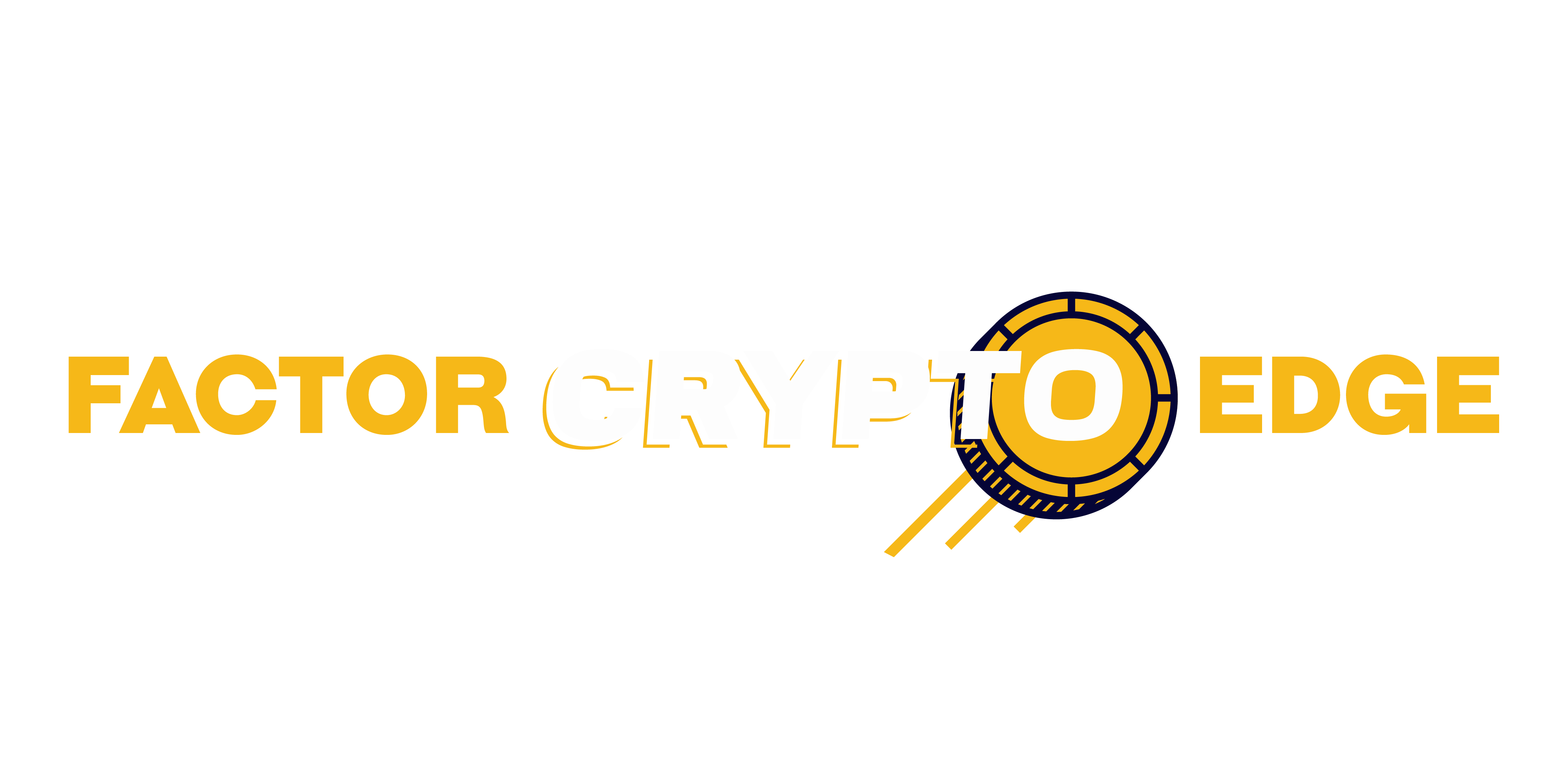What Are Stablecoins, Really?
Stablecoins are a type of cryptocurrency specifically designed to minimize volatility. Unlike most digital assets—whose prices fluctuate wildly—stablecoins aim to maintain a consistent value by being pegged to more stable assets, typically fiat currencies like the US dollar.
How Are Stablecoins Different from Traditional Cryptocurrencies?
Traditional cryptocurrencies like Bitcoin or Ethereum operate as decentralized, speculative assets. Their value is largely driven by market dynamics such as supply, investor sentiment, and overall demand. This makes them risky for everyday transactions or savings.
In contrast, stablecoins:
- Aim for price stability: They reduce the sharp price swings associated with other crypto assets.
- Are often backed by real-world assets: Many maintain reserves that support their value.
- Enable practical use cases: Their stability makes them suitable for payments, remittances, and decentralized finance (DeFi).
The Three Types of Stablecoins
Understanding the different types of stablecoins is key to grasping how they function:
Fiat-Backed Stablecoins
- Pegged to fiat currencies (e.g., USD, EUR)
- Backed by reserves of real cash or equivalent assets
- Examples: USDT (Tether), USDC (USD Coin)
These are the most common type of stablecoin and are typically audited to ensure they have sufficient reserves.
Crypto-Backed Stablecoins
- Collateralized with other cryptocurrencies
- Use over-collateralization to absorb volatility
- Example: DAI (backed by Ethereum and other assets)
These are decentralized by design but carry higher risk due to market fluctuations of the collateral.
Algorithmic Stablecoins
- Not backed by traditional assets or crypto
- Use algorithms and smart contracts to maintain their peg
- Examples: Formerly TerraUSD (UST)
These rely on code and supply-demand mechanics. While innovative, they are also the most vulnerable to destabilization.
By understanding these distinctions, you can better evaluate the risks and advantages of each type—and make smarter choices in the evolving world of digital assets.
Why They Matter Right Now
Crypto’s wild price swings have always been part of the thrill—and the headache. But not everyone’s here for the rollercoaster. Stablecoins are winning attention because they offer one thing most digital assets can’t: stability. Tethered to traditional currencies like the dollar, these coins buffer users from the chaos of the market.
This matters in real-world use cases. Cross-border payments and remittances, for example, are faster and cheaper with stablecoins than with old-school systems. Stablecoins move 24/7, skip middlemen, and cut down settlement times drastically. In DeFi, they’re the bedrock—used as collateral, trading pairs, and yield-bearing assets that underpin entire ecosystems.
Adoption’s not just a crypto thing anymore. Institutions are testing stablecoins for treasury operations and global payments. Everyday users, especially in countries with unstable national currencies, are shifting to stablecoins as a safer store of value. For both sides, the draw is obvious: less drama, more reliability.
In a space that still craves trust, stability is starting to look like the real innovation.
Major Players in the Game
The stablecoin scene is crowded, but a few names lead the pack. Tether (USDT), USD Coin (USDC), and Dai (DAI) dominate most conversations—and for good reason. Each offers a unique approach to backing and trust, and where you stand on them often depends on what you value more: speed, transparency, or decentralization.
USDT (Tether) is the oldest and largest stablecoin by market cap. It’s widely used across exchanges and DeFi platforms. But Tether’s history is murky—periodic questions over its reserves and opacity around audits have caused drama. While the company claims it holds enough assets to cover every token, the details aren’t always crystal clear.
USDC, issued by Circle, plays a cleaner game. Fully backed by dollar reserves and short-term U.S. Treasuries, USDC wins points for transparency. Monthly attestations from independent auditors make it easier for institutions and cautious investors to trust. It’s not as widely adopted as Tether yet, but it’s making up ground fast, especially among regulated platforms.
Dai (DAI) is the odd one out. It’s not backed by dollars sitting in a bank account—instead, it uses overcollateralized crypto assets like ETH. Dai lives fully on-chain, powered by the Maker protocol. That means more decentralization and fewer trust bottlenecks. But it also means more exposure to market volatility. If ETH crashes, DAI’s peg could wobble.
Other contenders like Binance USD (BUSD)—now winding down—and newer entrants like TrueUSD (TUSD) and FRAX have their own blend of backing models, partnerships, and hurdles. Each is trying to crack the same code: how do you keep a crypto asset pegged to a dollar in a world that doesn’t stand still?
Bottom line? The most trustworthy stablecoins are the ones that are transparent about what backs them and who audits them. No system is flawless, but the ones who hide the least tend to stand tallest in a storm.
Regulation: The Elephant in the Room
Governments around the world aren’t ignoring stablecoins anymore—they’re circling them. The U.S., European Union, and several Asian countries have issued draft regulations aimed at reining in what they see as systemic risk. The EU’s MiCA (Markets in Crypto-Assets) regulation is already setting the tone, demanding reserve transparency and tighter issuer accountability. In the U.S., things are more fragmented—federal agencies are still debating how to classify stablecoins, and who gets to oversee them. One thing is clear: the era of stablecoins operating in a legal gray zone is closing fast.
Another reason regulators are stepping in? Central Bank Digital Currencies, or CBDCs. These are state-backed digital currencies designed to offer the same benefits as stablecoins—speed, lower costs, borderless transfers—but with government control baked in. Where stablecoins pitch decentralization and flexibility, CBDCs promise stability and compliance. Governments see them not just as competitors, but as necessary tools to maintain monetary sovereignty in a digitized economy.
Compliance is heating up. Varying KYC/AML standards, reserve audit requirements, and jurisdiction-specific rules are becoming make-or-break factors. Some stablecoin issuers are embracing full transparency and regulation as a competitive edge. Others are playing catch-up. The legal landscape isn’t just changing—it’s becoming a maze. For developers, users, and investors, understanding where a stablecoin stands legally is now as critical as understanding how it works technically.
Risks You Shouldn’t Ignore
Stablecoins promise stability, but that doesn’t mean they’re risk-proof. Ask anyone who held an algorithmic coin that lost its peg—you don’t forget that overnight dive.
Start with de-pegging. This happens when a stablecoin’s value drifts (or crashes) away from its target, typically $1. Causes vary. If the reserves backing the coin aren’t as solid or liquid as claimed, panic can spread fast. Algorithmic models—those that rely on code-driven incentives rather than collateral—are especially fragile. If confidence breaks or market conditions shift too hard, the math stops working. When that happens, there’s usually no lifeline.
Smart contracts, the backbone of many algorithmic stablecoins, are another weakness. If the code has flaws or isn’t battle-tested, it leaves the door open to exploits. One well-timed attack or bug can unravel millions in minutes. V1 optimism doesn’t mean V2 safety.
Then there’s centralization. While stablecoins might wear a decentralized skin, many are controlled by a few core entities. Who’s holding the actual dollars behind your digital coin? Can regulators freeze them? Can insiders move funds without notice? These aren’t abstract questions—they’re central to whether you should trust the system or just be renting stability for a while.
End of the day, stablecoins are tools. Use them smartly, but keep both eyes open.
How Stablecoins Are Changing Crypto
Stablecoins aren’t just another digital asset—they’ve become the infrastructure that DeFi protocols depend on. From automated lending platforms to decentralized exchanges, stablecoins act as the grease in the gears. They provide a predictable unit of account, allowing users to lend, borrow, and trade without worrying about wild volatility swings. Protocols like Aave, Maker, and Curve rely on them to keep liquidity pools functional and user-friendly.
They’re also helping crypto cross the bridge into traditional finance. For banks, investment firms, and payment providers, stablecoins offer a way to explore blockchain without the baggage of price unpredictability. Suddenly, stablecoins like USDC and USDT are being seen as digital cash—fast, portable, and easier to integrate than older payment rails.
And when the markets turn cold, stablecoins hold the line. During downturns, traders flock to stablecoins to park value, keeping money in the ecosystem instead of pulling it out. That consistent liquidity prevents total freefall and keeps platforms alive during crypto winters.
Want a wider crypto perspective? Check out our weekly crypto roundup.
What’s Next
Stablecoins are past the tipping point. In 2024 and beyond, expect aggressive growth—more coins, more chains, and way more competition. Traditional finance is joining the race, too. We’re seeing banks and fintech players either launching stablecoins or partnering with existing ones to smooth cross-border payments and lock in transaction fees. But not all coins will survive. The ones with transparency, real reserves, and user trust built into their DNA will lead. The rest will fade or implode in the next big market stress test.
On the regulatory side, don’t hold your breath for a global stablecoin playbook. Coordination is clunky and agendas don’t line up. Some regions, like the EU, are moving ahead with specific frameworks. Others, like the U.S., are still battling over definitions. Regulation will stay patchy for a while—with some clarity in developed markets and a Wild West dynamic elsewhere. This uneven playing field could give rise to regulatory arbitrage, where stablecoins shop for favorable jurisdictions like corporations do with taxes.
To stay ahead of the curve, keep tabs on both tech and policy. Watch for moves from the big players like Circle and Tether, but also keep an eye on emerging challengers building for specific use cases—like remittances in Southeast Asia or on-chain lending in Africa. Smart money follows adoption, not just hype. And if you’re deep in the scene? Subscribe to bulletins from reliable analytics firms, read the policy memos, and join stablecoin governance forums where decisions are being made in real time. The future isn’t just coming. It’s getting coded right now.


 Zoranna Orricsona, the founder of Factor Crypto Edge, is a visionary leader committed to making the complex world of cryptocurrency more accessible and transparent. With her passion for digital finance and blockchain innovation, she established the platform to deliver timely news, in-depth market analysis, and practical trading insights. Her dedication ensures that both novice and experienced traders can navigate the fast-evolving crypto space with confidence and clarity.
Zoranna Orricsona, the founder of Factor Crypto Edge, is a visionary leader committed to making the complex world of cryptocurrency more accessible and transparent. With her passion for digital finance and blockchain innovation, she established the platform to deliver timely news, in-depth market analysis, and practical trading insights. Her dedication ensures that both novice and experienced traders can navigate the fast-evolving crypto space with confidence and clarity.